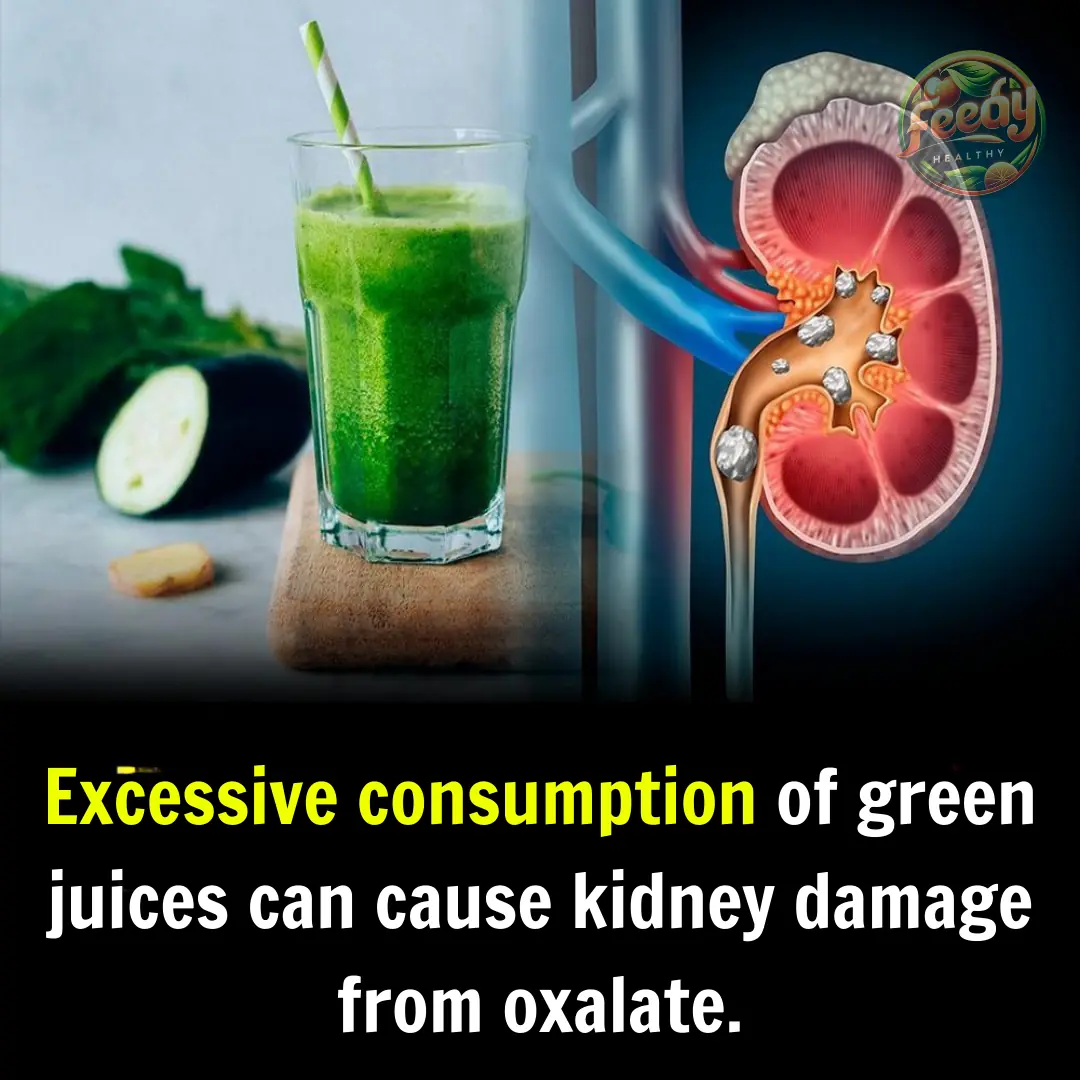
The 6 Most Difficult Diseases to Cure: HIV and ALS Make the List – How Many Do You Know?
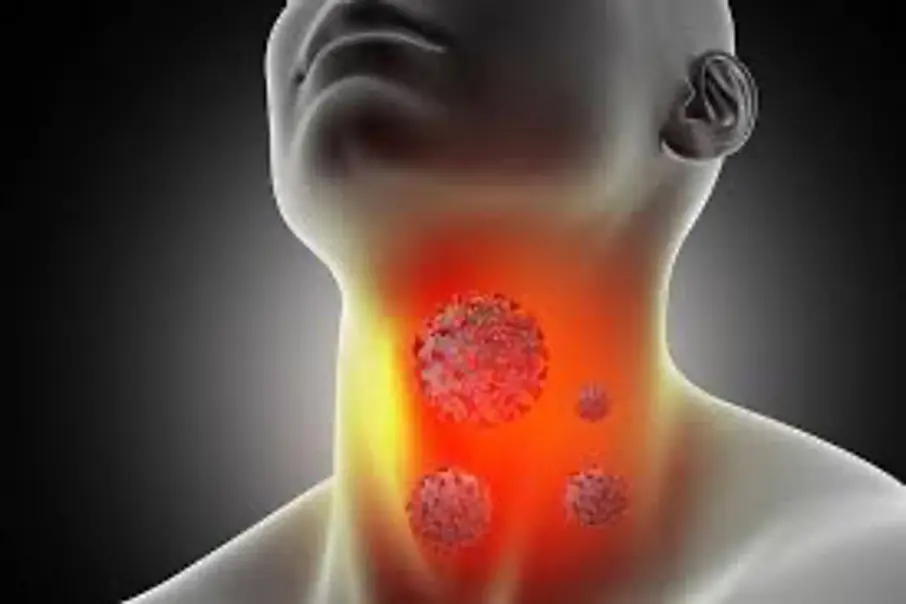
"No matter what, don’t get sick; no matter how little, don’t be broke." This saying reflects a simple yet universal wish. However, achieving both good health and financial stability is never easy.
No one can guarantee they will never fall ill, especially as they reach middle age, when the body starts aging and organs deteriorate rapidly.
Despite significant advancements in modern medicine, many diseases remain incurable—most notably, cancer, a persistent fear for humanity.
Below are six of the most difficult diseases to cure, all with high mortality rates. Hopefully, you or your loved ones have never had to face any of them.
1️⃣ Leukemia (Blood Cancer)
Leukemia is a malignant blood cancer that occurs when white blood cells in the bone marrow grow abnormally and uncontrollably. This leads to anemia, uncontrolled bleeding, weakened immunity, and an increased risk of infections.
Leukemia is categorized into acute and chronic forms, including myeloid leukemia and lymphocytic leukemia. While survival rates have improved thanks to modern medical technology, leukemia remains extremely painful and has a high risk of relapse, especially in children and immunocompromised individuals.
2️⃣ Amyotrophic Lateral Sclerosis (ALS – “The Body Lock Disease”)
ALS is a progressive neurodegenerative disease that affects motor neurons, leading to muscle atrophy, loss of movement, and eventually total paralysis.
The disease impacts muscles in the arms, legs, face, and torso, causing patients to lose the ability to move, speak, and even breathe on their own.
📌 Famous Case: The renowned physicist Stephen Hawking was diagnosed with ALS in 1963. Despite losing his ability to move and speak, he made groundbreaking contributions to theoretical physics and cosmology.
Currently, there is no cure for ALS. As the disease progresses, patients ultimately lose their ability to breathe, leading to death due to respiratory failure.
3️⃣ End-Stage Kidney Disease (Uremia - High Urea Levels in Blood)
Kidney failure occurs when the kidneys lose their ability to filter blood, causing toxic substances and excess fluids to accumulate in the body. This results in electrolyte imbalances, swelling, fatigue, nausea, and severe anemia.
According to statistics, about 1 in 100 people suffer from chronic kidney disease, which can progress to end-stage kidney failure (uremia) if left untreated.
📌 Only Two Treatment Options:
- Lifelong dialysis
- Kidney transplant (but donor organs are extremely scarce)
This disease not only causes immense physical pain but also places a heavy financial burden on patients and their families.
4️⃣ HIV/AIDS
HIV/AIDS remains one of the most dangerous infectious diseases, as it severely weakens the immune system, leaving the body vulnerable to infections and viruses.
📌 3 Main Transmission Routes:
- Unprotected sexual contact
- Blood transfusion or sharing needles
- Mother-to-child transmission
HIV has a long latent period before progressing to AIDS, during which the body gradually loses its ability to fight off diseases. In the final stage, opportunistic infections take over, leading to death due to immune system collapse.
Currently, antiretroviral (ARV) therapy can control the virus but cannot eliminate it completely.
5️⃣ Alzheimer’s Disease (Age-Related Dementia)
Alzheimer’s is a progressive and irreversible neurodegenerative disorder that causes memory loss, cognitive decline, and behavioral changes.
📌 Key Symptoms:
- Short-term memory loss
- Confusion and difficulty communicating
- Failure to recognize loved ones
- Loss of self-control and behavioral changes
The risk of Alzheimer’s increases with age, with about 50-60% of people over 65 at risk. Unfortunately, there is no cure, only treatments to slow its progression.
📌 Alzheimer’s in Vietnam: Around 600,000 - 800,000 people are affected, with women at higher risk than men.
6️⃣ Progeria (Hutchinson-Gilford Progeria Syndrome - HGPS)
Progeria is a rare genetic disorder that causes children to age 5-10 times faster than normal.
📌 Key Symptoms:
- Small stature, wrinkled skin resembling an elderly person
- Weak, fragile bones prone to fractures
- High risk of heart disease and stroke
Children with Progeria have an average life expectancy of just 7-20 years, with most succumbing to heart disease or metabolic disorders.
📌 No Cure Yet: Current treatments only help extend life expectancy.
📌 Pop Culture Reference: The South Korean movie "My Brilliant Life" (2014) portrays the emotional journey of a child with Progeria. If you're curious, it’s worth watching to understand this condition better.
📌 Conclusion
The six diseases listed above are among the hardest to cure, and many still lack effective treatment options. When faced with these conditions, both patients and their families endure significant emotional and financial stress.
💡 Hopefully, medical advancements will continue to develop, offering better treatments and even cures for these devastating illnesses.
🛑 How many of these diseases have you heard of? Share this to raise awareness in your community! 🚑
News in the same category


Scandalous discovery of why intimate parts smell like fish
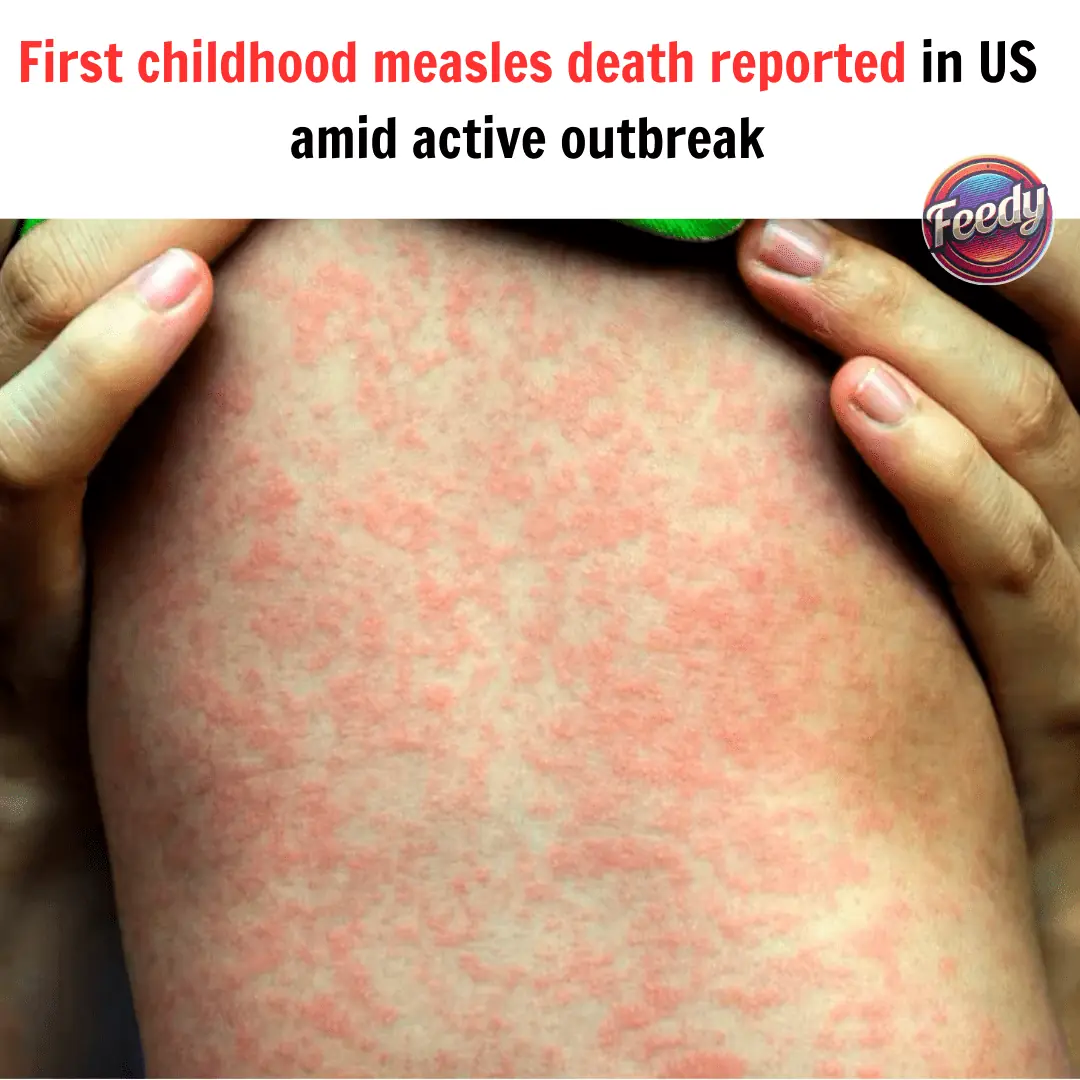
First childhood death from measles reported in the US amid active outbreak.
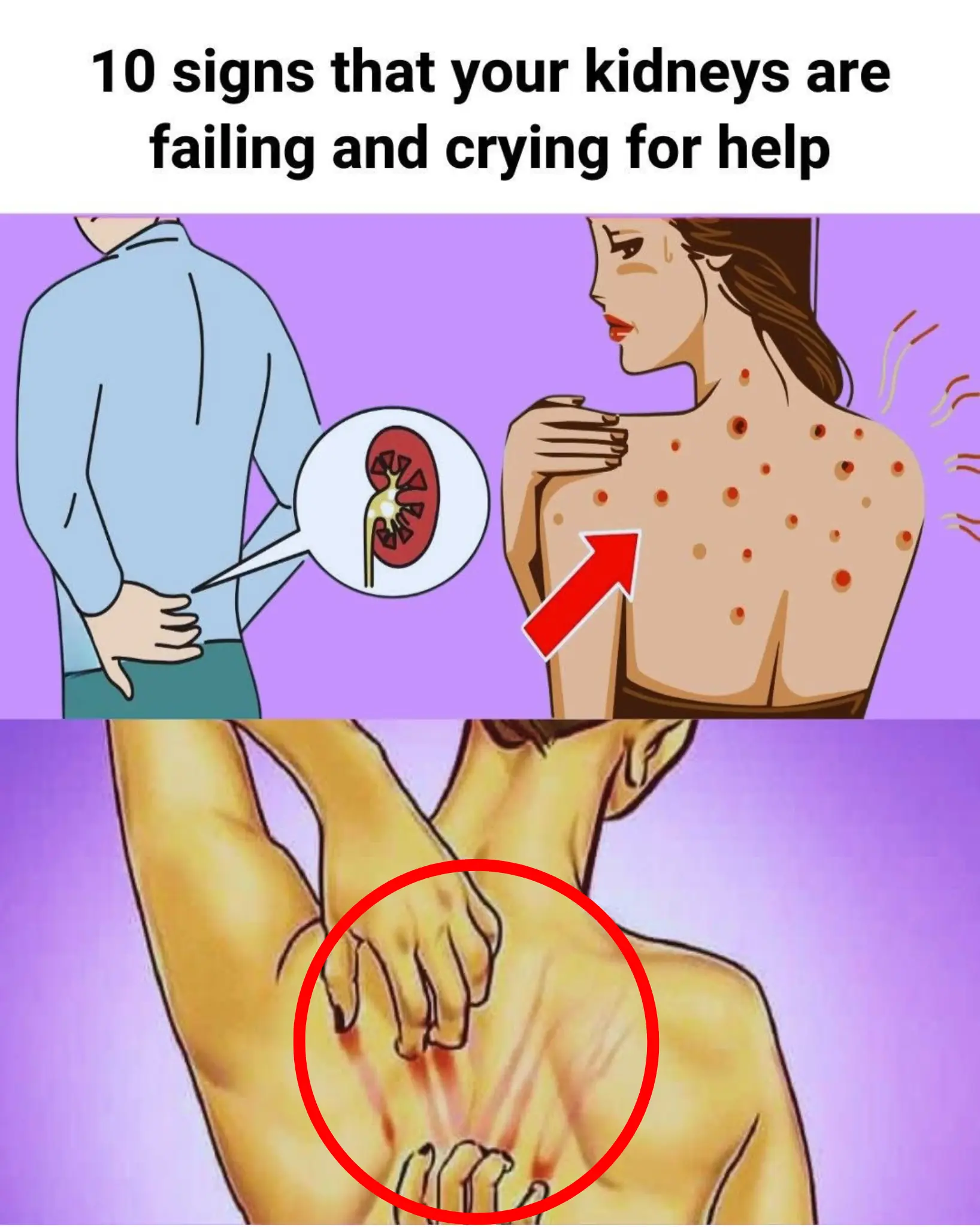
If Your Kidneys Are in Danger, the Body Will Show these 10 Signs
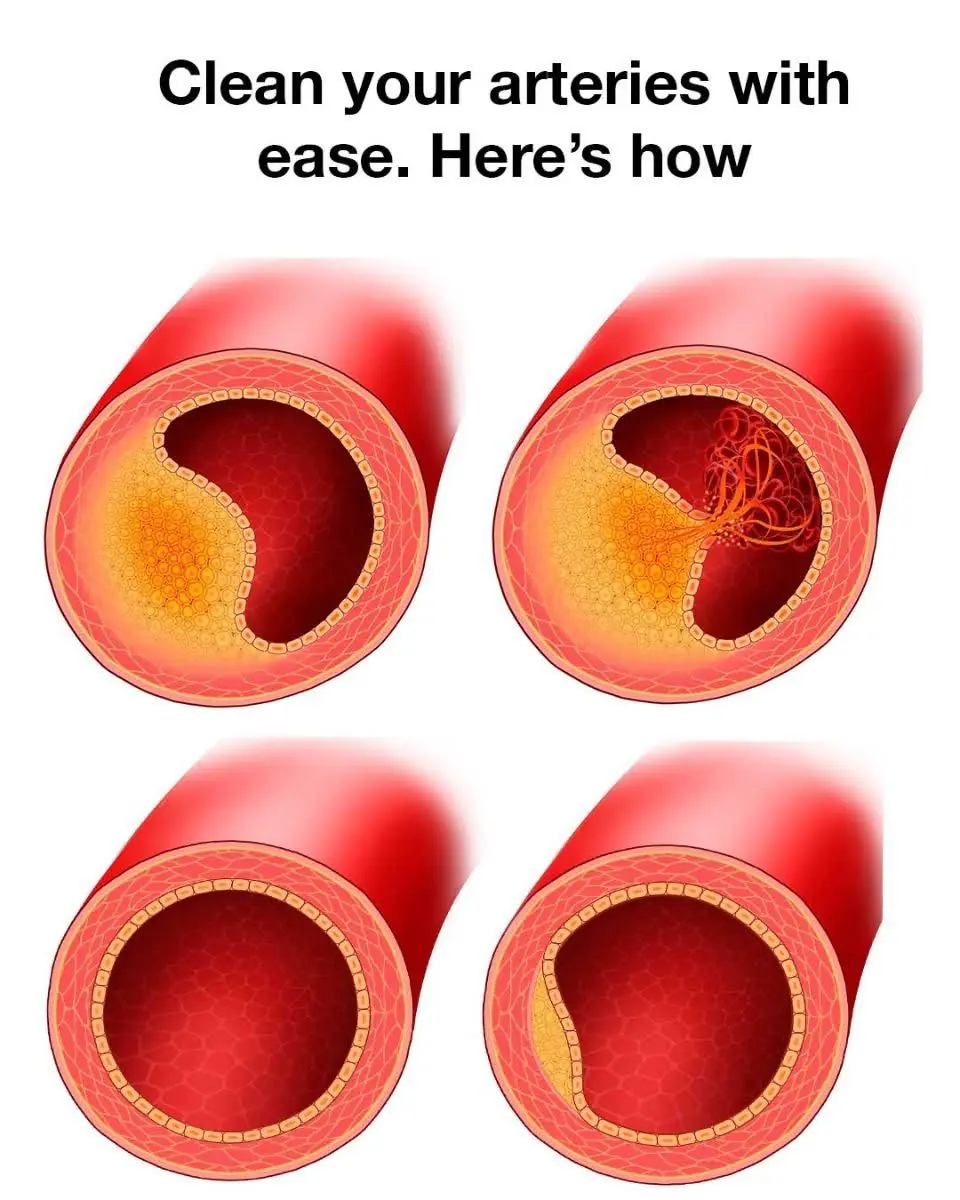
10 Foods That You Should Eat Daily For Clean Arteries

10+ Foods to Help Lower Your Blood Sugar

5 Types of Foods That Naturally Contain Progesterone – Doctor’s Advice: Women Over 45 Should Eat More
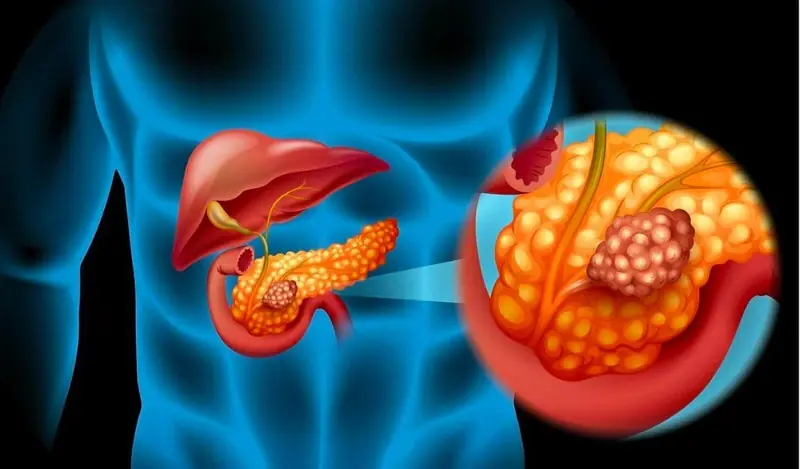
What Happens When Pancreatic Cancer Is Caused by Diet? Doctors Warn: People with a Weak Pancreas Should Avoid These Foods
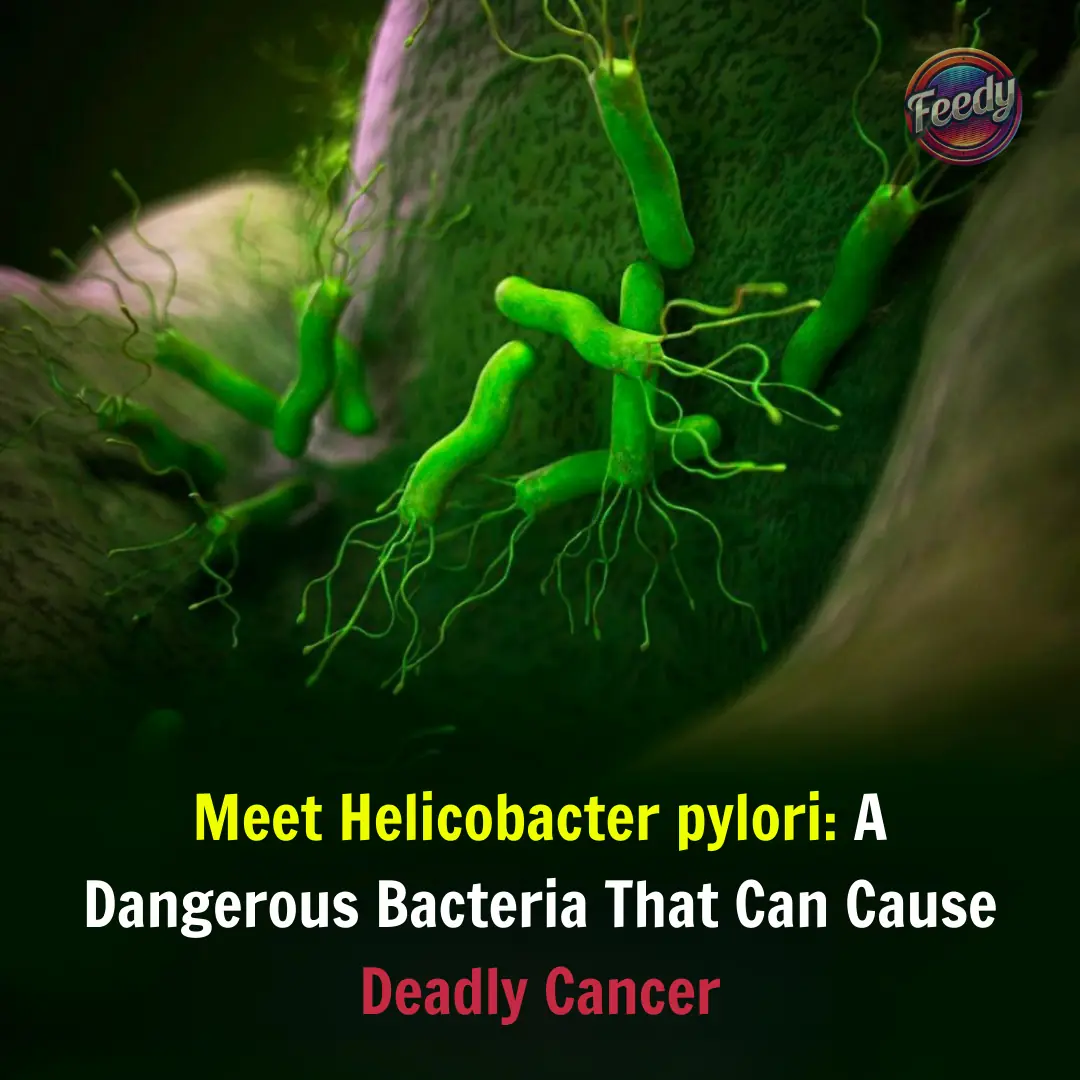
Meet Helicobacter pylori: A Dangerous Bacteria That Can Cause Deadly Cancer

Scientists Successfully Rejuvenate a 53-Year-Old Woman’s Skin Cells by 30 Years
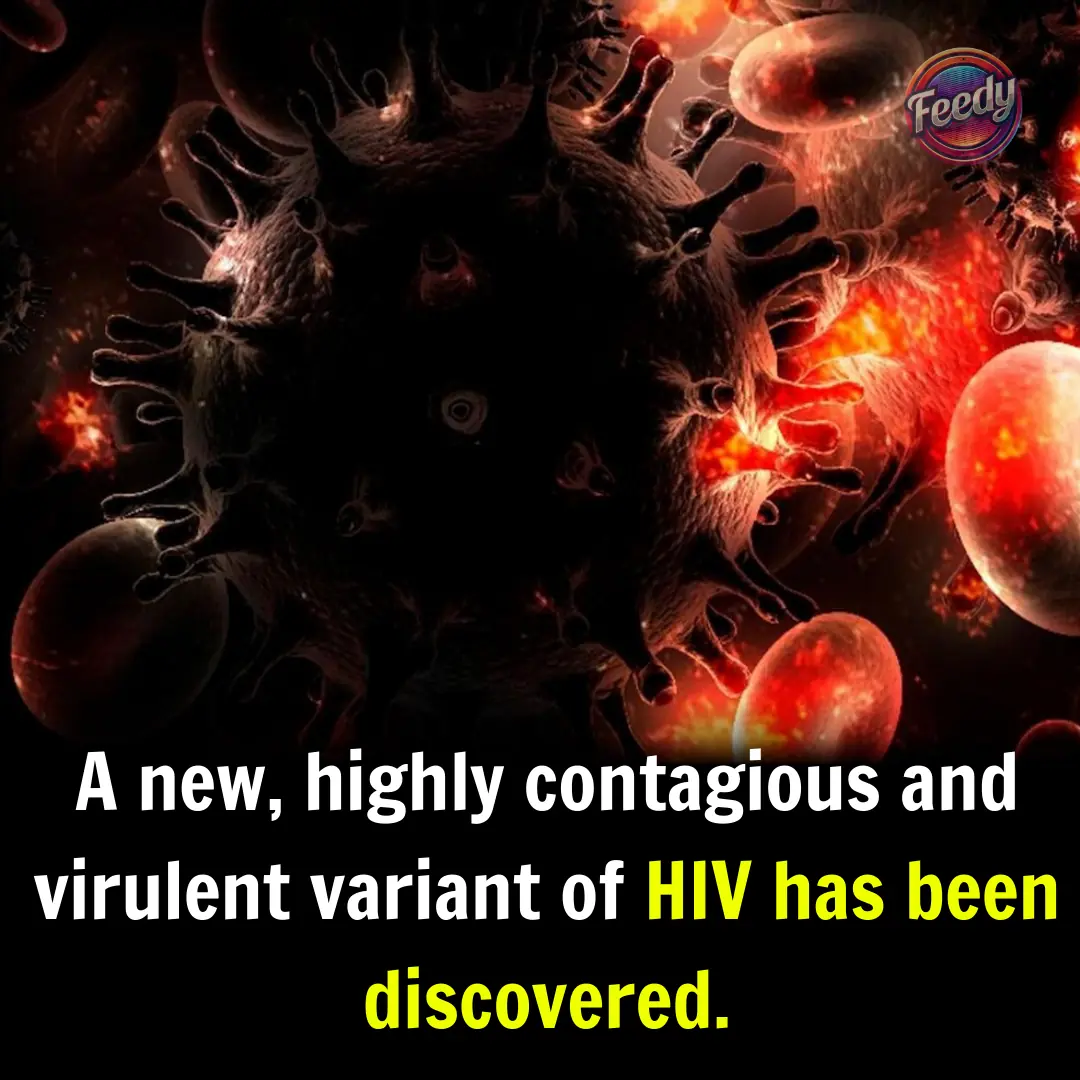
New Highly Contagious and Virulent HIV Variant Discovered
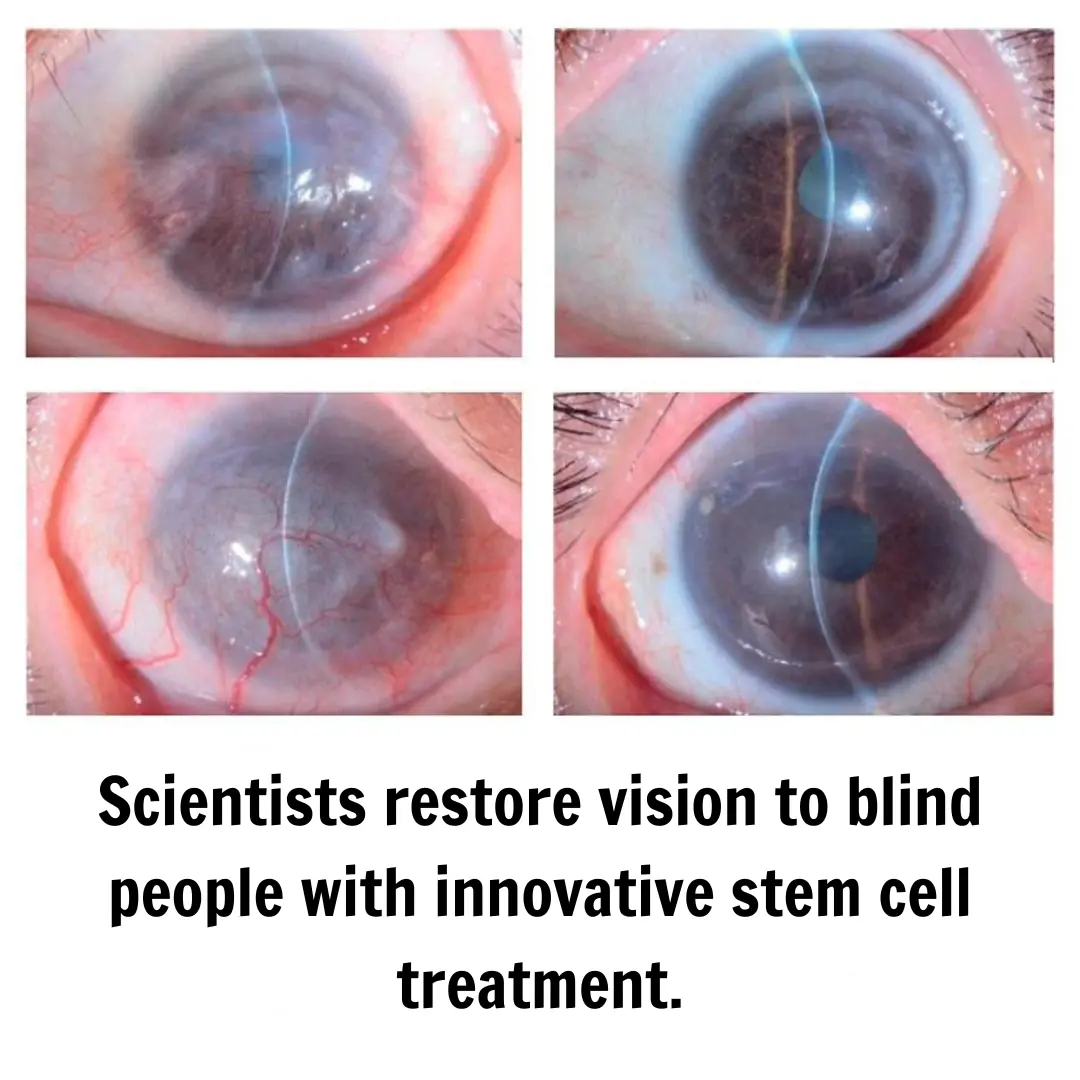
Japanese Scientists Restore Vision in Blind Individuals
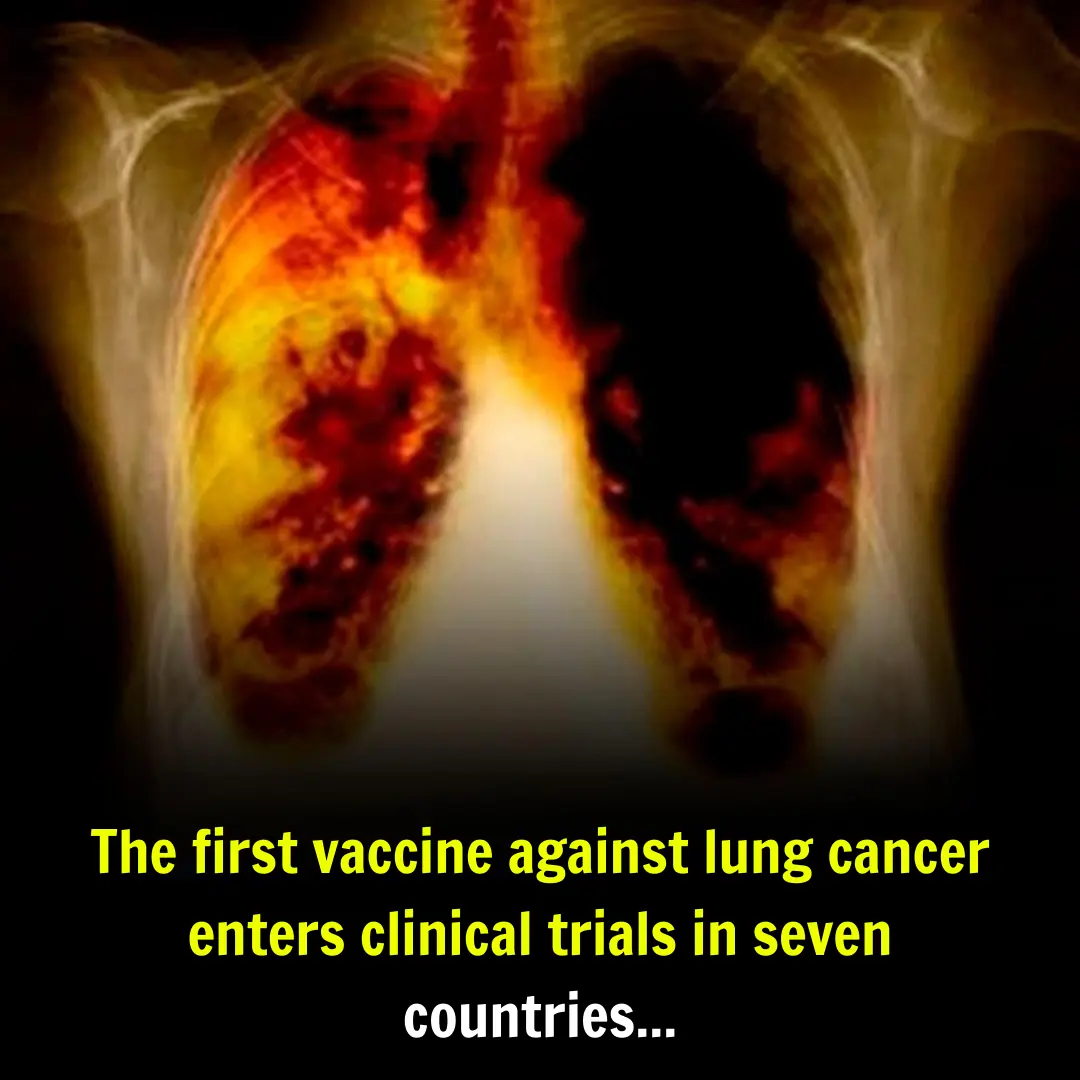
The First Lung Cancer Vaccine Enters Clinical Trial Phase in Seven Countries

Is Eating Sweet Potatoes “Anti-Cancer” or “Cancer-Promoting”? Research Findings Have Been Released
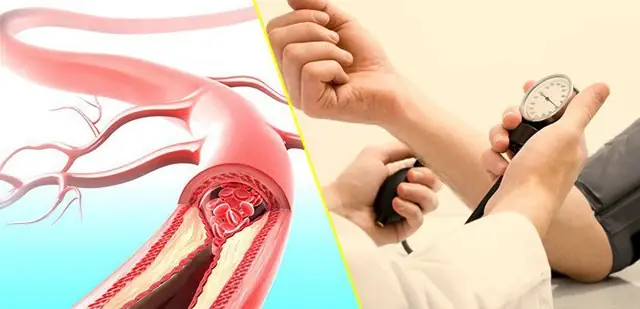
Can You Eat Onions If You Have High Blood Pressure? Doctor’s Advice: Avoid These 3 Foods for Better Blood Pressure Control
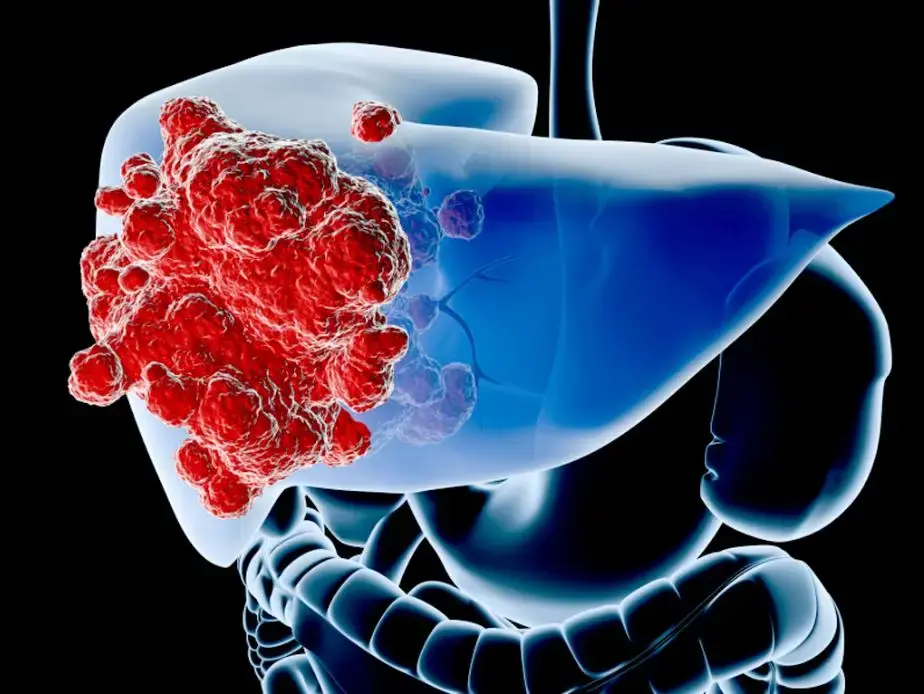
Are There Warning Signs in the Body Before Cancer Appears? Check Yourself and Get Screened as Soon as Possible
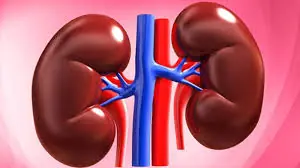
Kidney Cancer: Warning Signs You Should Not Ignore

🌿 Mimosa Pudica: The Mysterious Healing Plant of South America

Doctor's Warning: People Prone to Pancreatic Cancer Share These Common Traits – Be Careful!

Rain Water Solar Term: Remember to Eat These 2 Foods to Expel Dampness from Your Body
News Post

Excessive consumption of green juices can cause oxalate kidney injury.
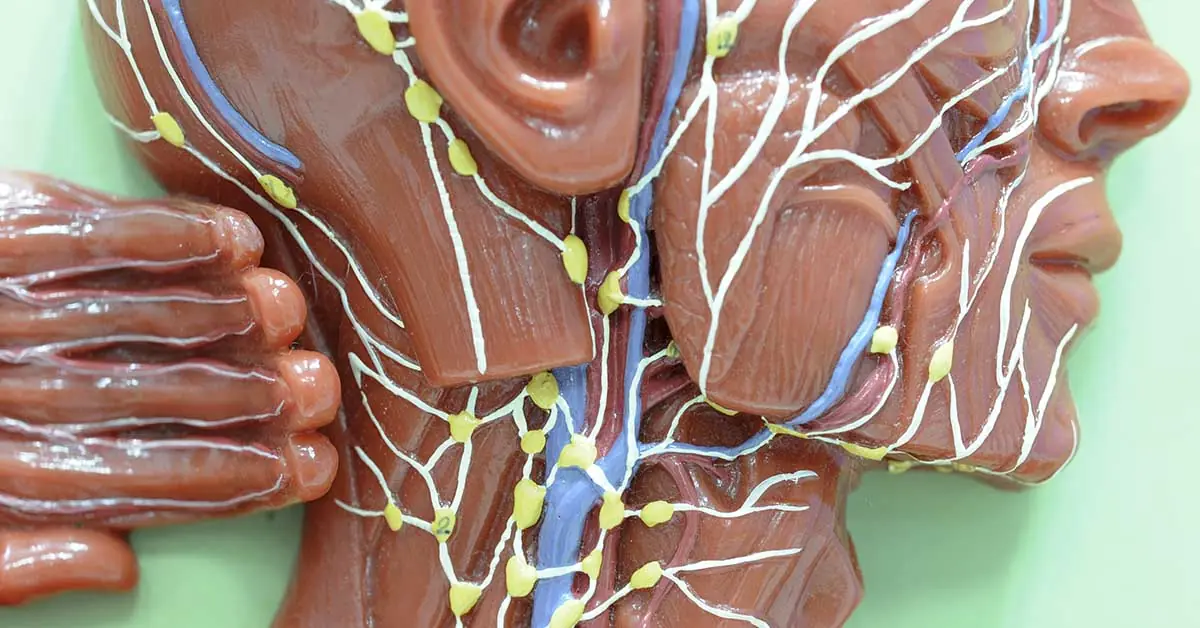
10 Ways To Support Your Lymphatic System

Pure Magic: Burning a Clove of Garlic, What Happens After 15 Minutes at Home?
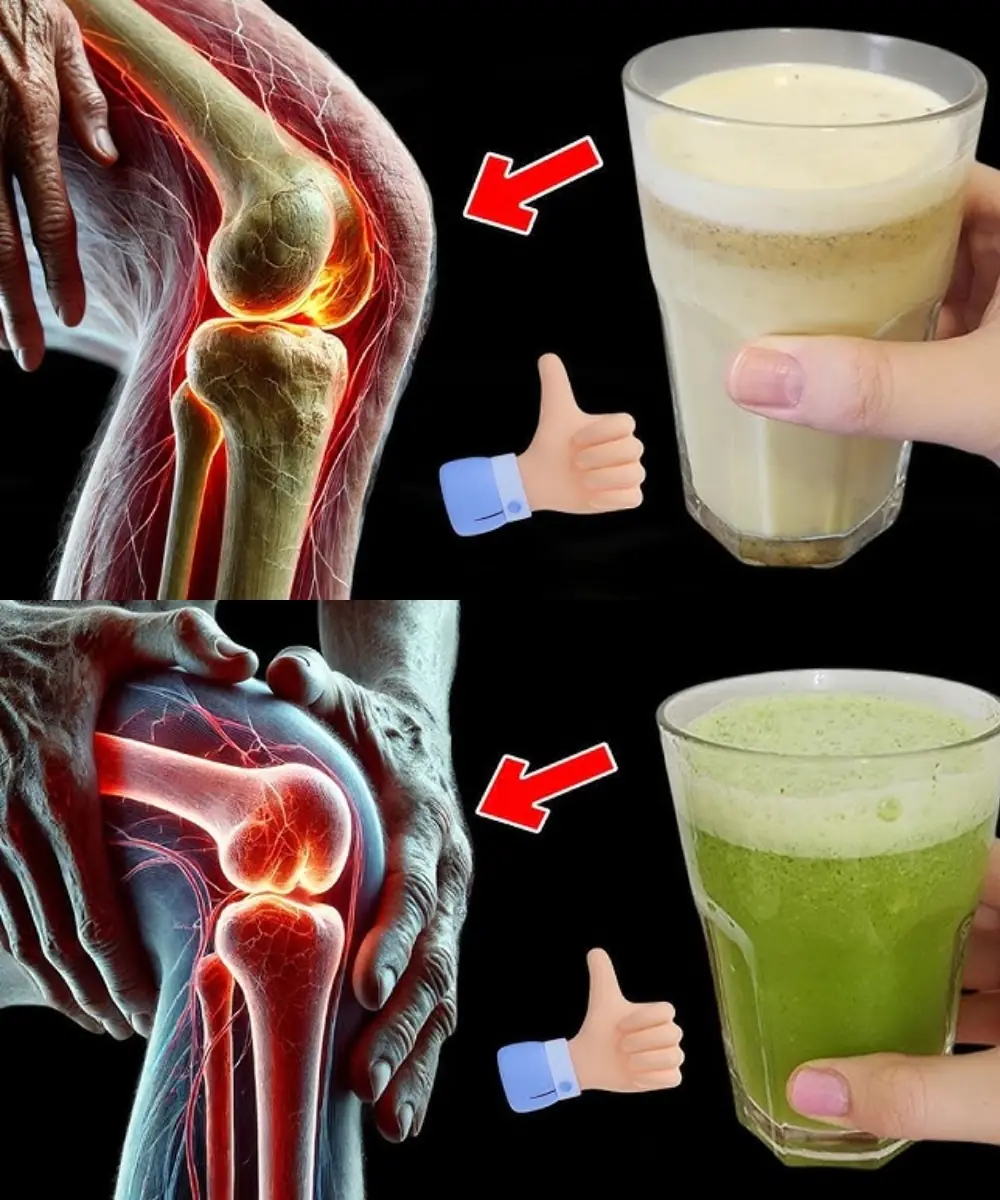
The Juice That Strengthens Bones and Soothes Knee Pain Naturally
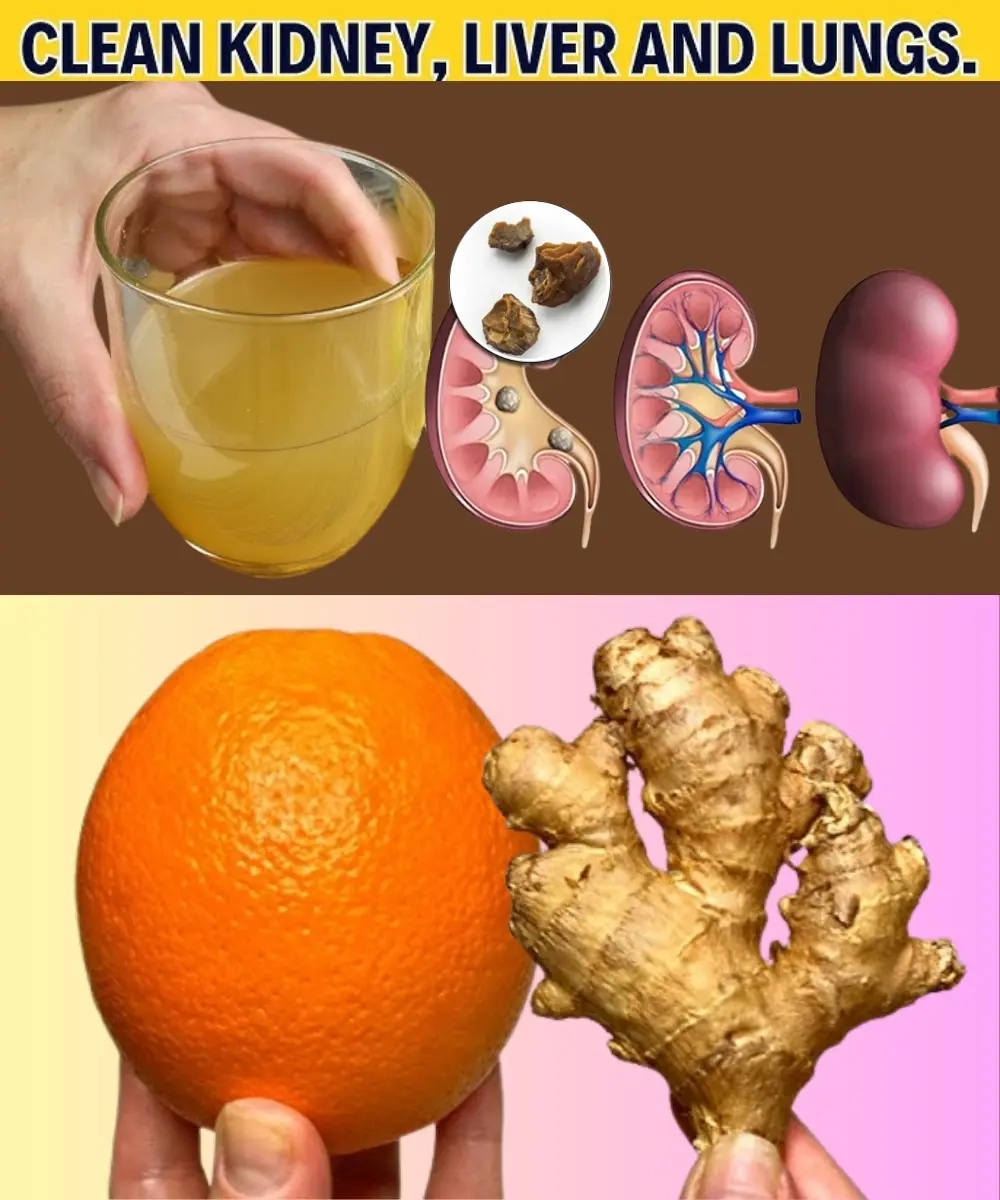
Clean Your Kidneys, Liver & Lungs – Powerful Natural Detox! 🍊🌿
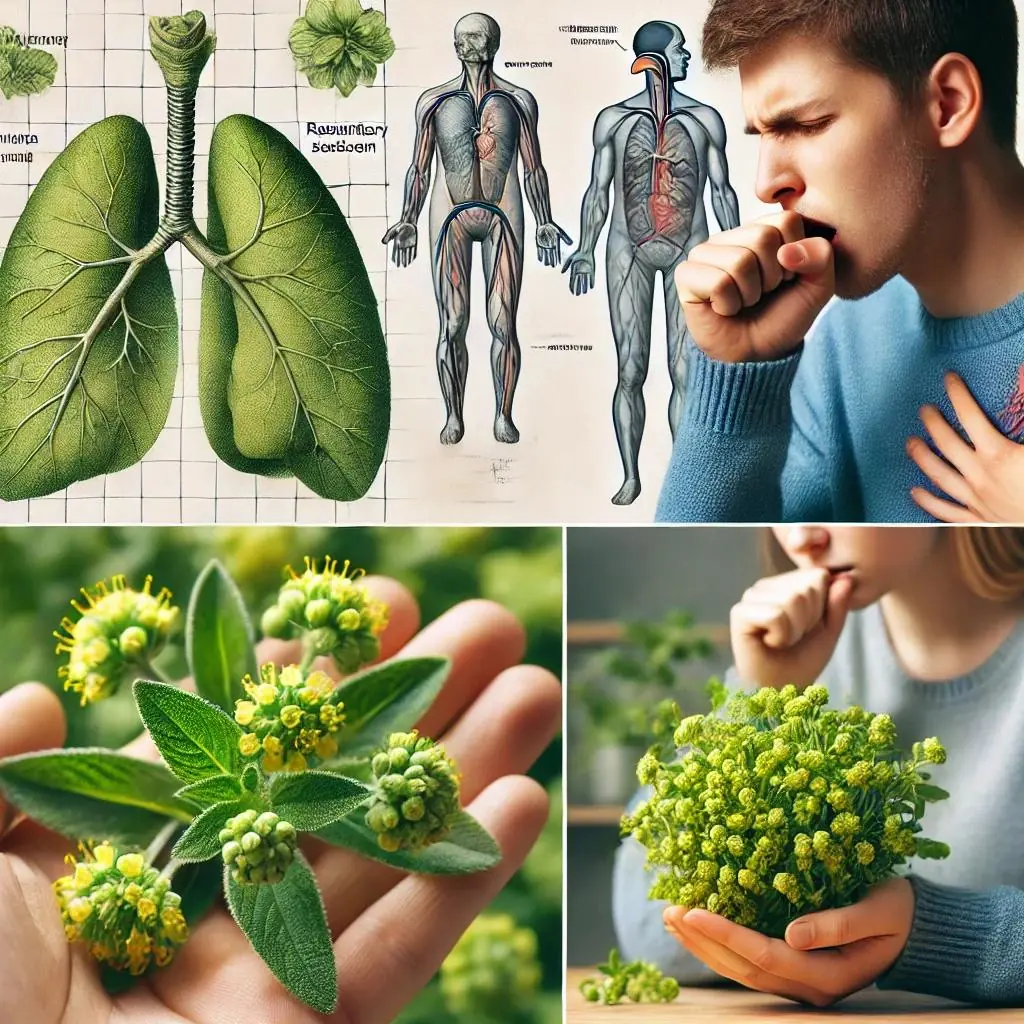
Euphorbia Hirta: Nature's Remedy for Respiratory and Immune Health

Why is it said that warm lemon juice can save a life: Drinking it at the right time will prevent cancer, filter blood, and remove belly fat

Scandalous discovery of why intimate parts smell like fish

First childhood death from measles reported in the US amid active outbreak.

If Your Kidneys Are in Danger, the Body Will Show these 10 Signs

10 Foods That You Should Eat Daily For Clean Arteries

Natural Recipe with Watermelon, Carrot, Beetroot, and Ginger

10+ Foods to Help Lower Your Blood Sugar

5 Types of Foods That Naturally Contain Progesterone – Doctor’s Advice: Women Over 45 Should Eat More
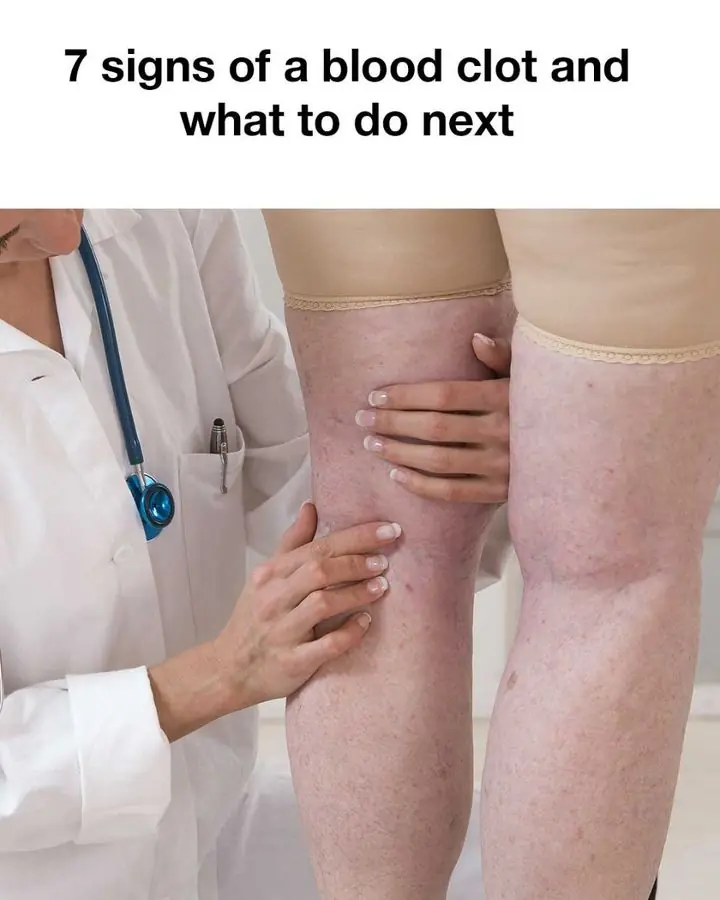
So useful! Gonna watch out for these Holly Owens Contributing Writer
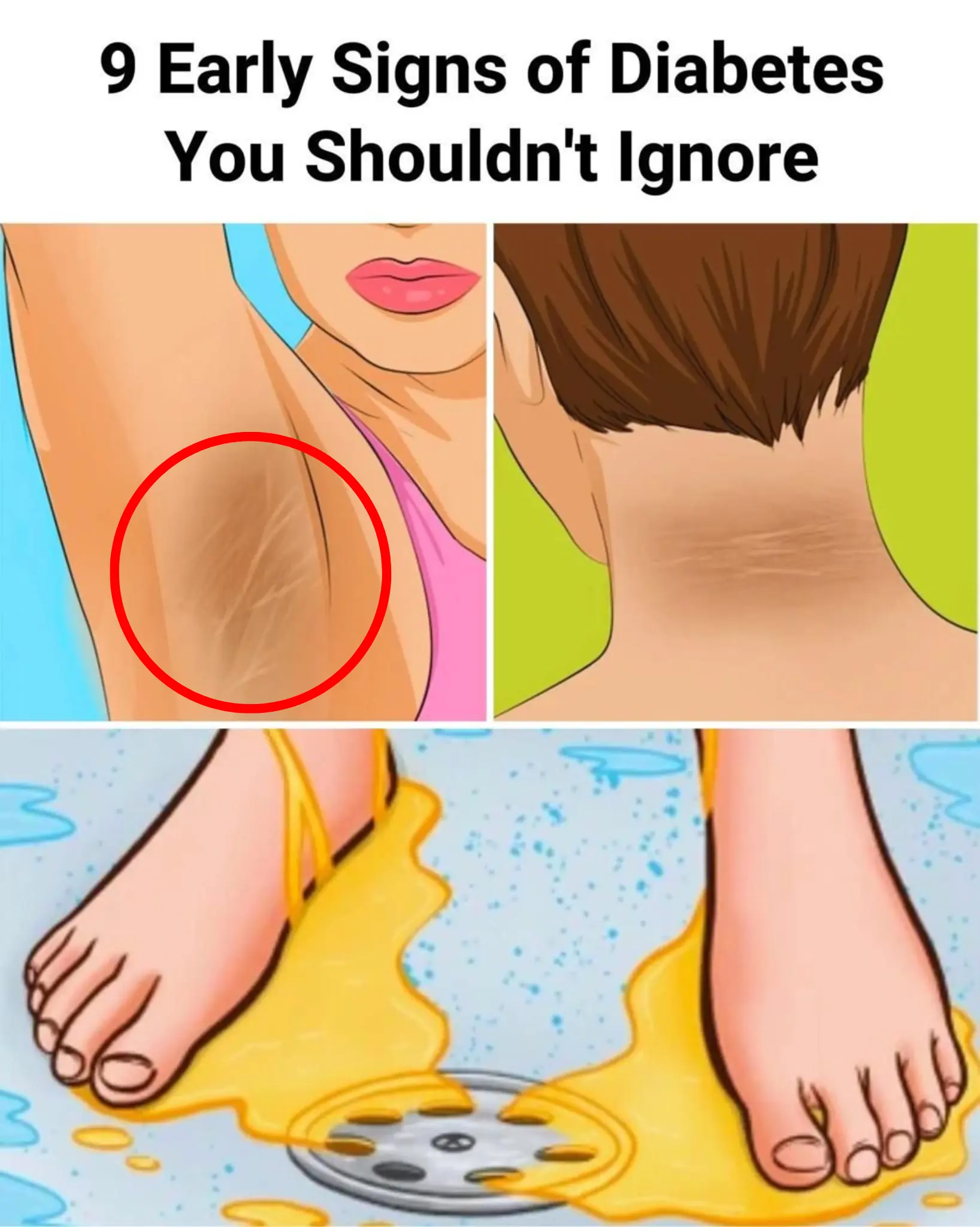
9 Early Signs of Diabetes You May Not Be Noticing

How to Remove Blackheads and Whiteheads Naturally with Vaseline

What Happens When Pancreatic Cancer Is Caused by Diet? Doctors Warn: People with a Weak Pancreas Should Avoid These Foods

Mix Avocado Seed with Turmeric and Cinnamon
